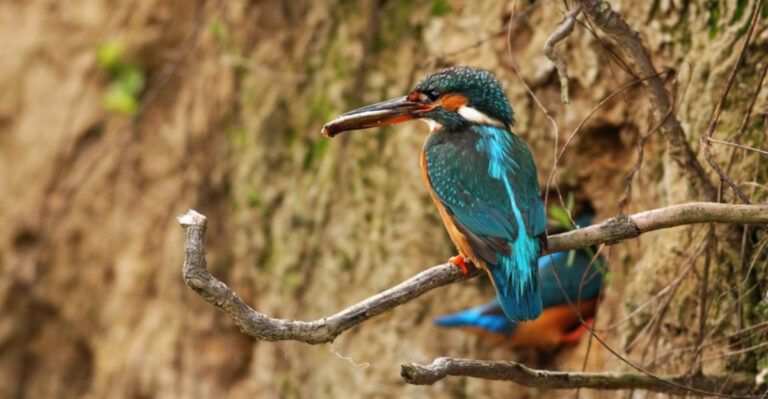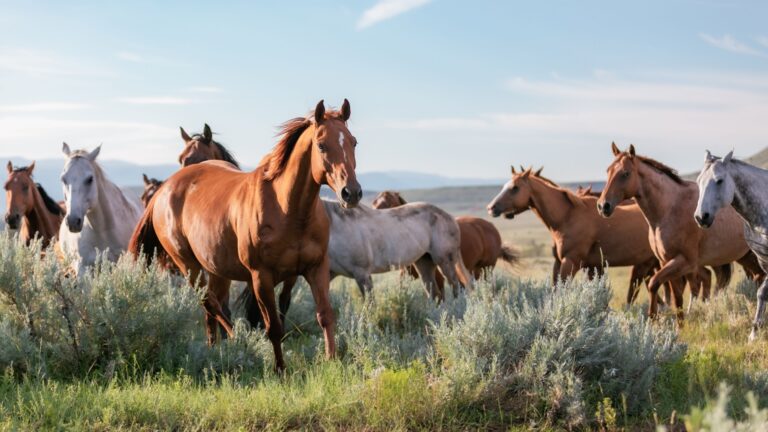Why Ancient Beaver Bones Were Found In A Desert
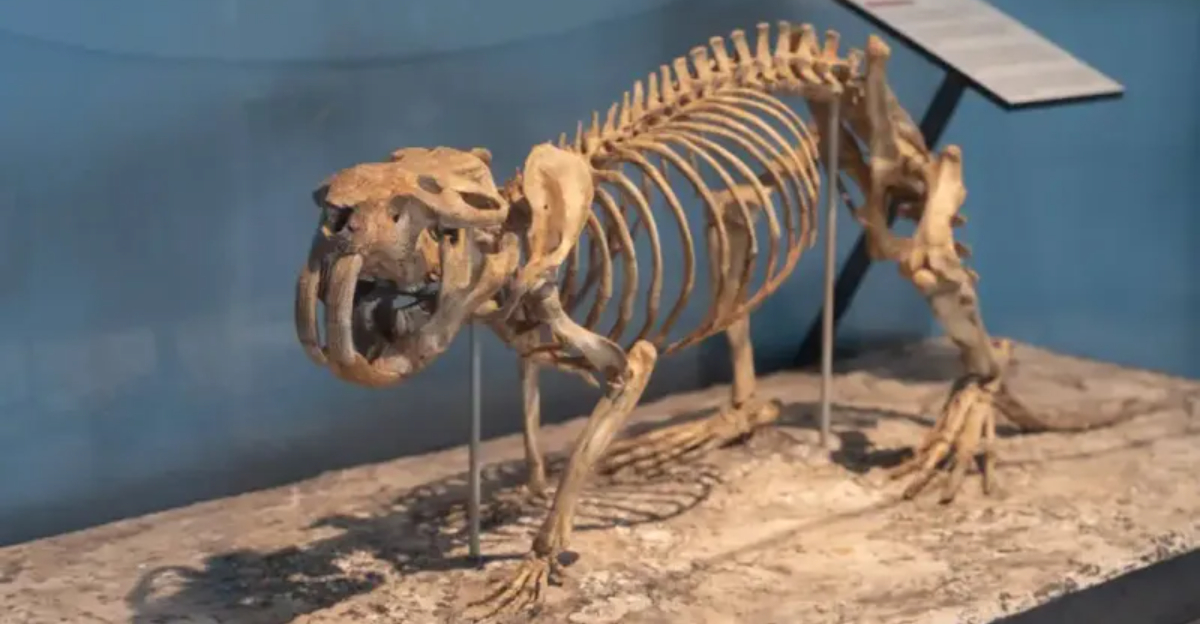
Picture this: scientists digging in a parched desert suddenly uncover beaver bones! The discovery seems impossible at first – water-loving rodents in a bone-dry landscape?
These surprising finds actually tell us an amazing story about how our planet has changed over millions of years, revealing secrets of ancient environments long vanished.
1. Strange Discovery In Dry Land
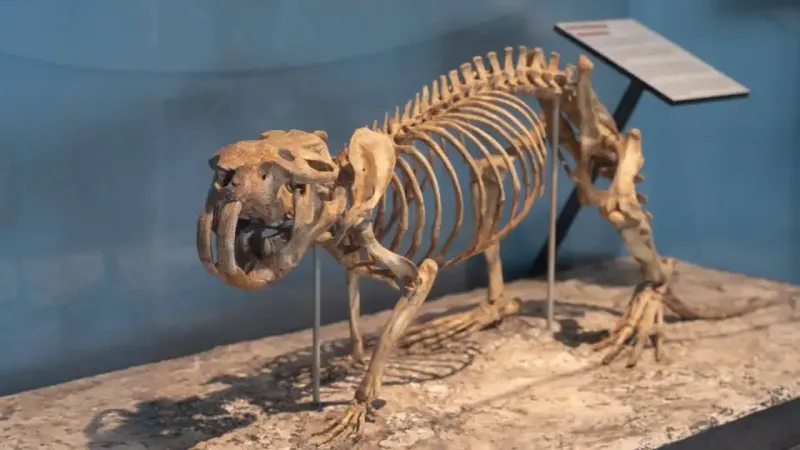
Imagine the shock when paleontologists brushed sand away to reveal beaver teeth and bones!
The contrast couldn’t be more dramatic – animals that need water to survive somehow ended up buried in one of the driest places on Earth. These findings immediately challenged scientists to rethink what these landscapes looked like millions of years ago.
2. Beaver Bones Found In Nebraska Desert
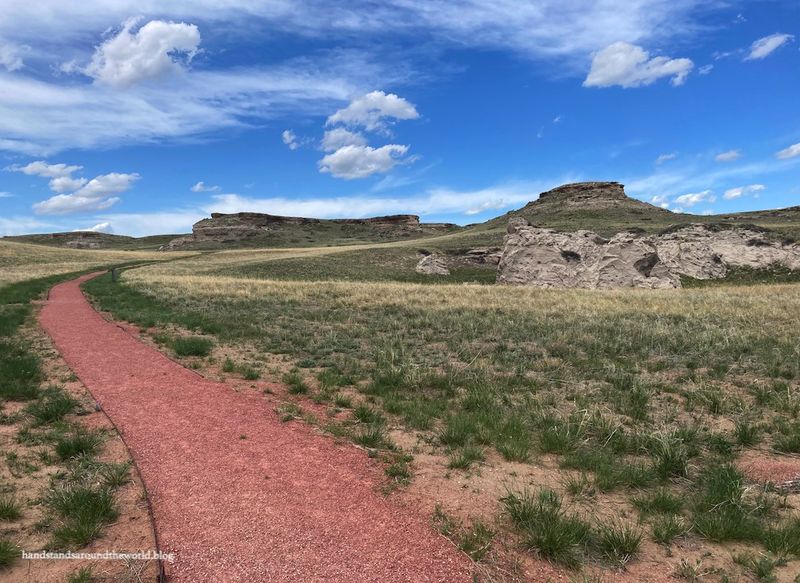
The Nebraskan plains weren’t always the semi-arid grasslands we see today. Back in the Miocene epoch (about 23-5 million years ago), much of this region was actually wetland paradise.
Paleontologists have uncovered remarkably preserved beaver remains in layers of sediment that tell the story of this dramatic environmental transformation.
3. Beavers Once Lived Where It’s Now Dry
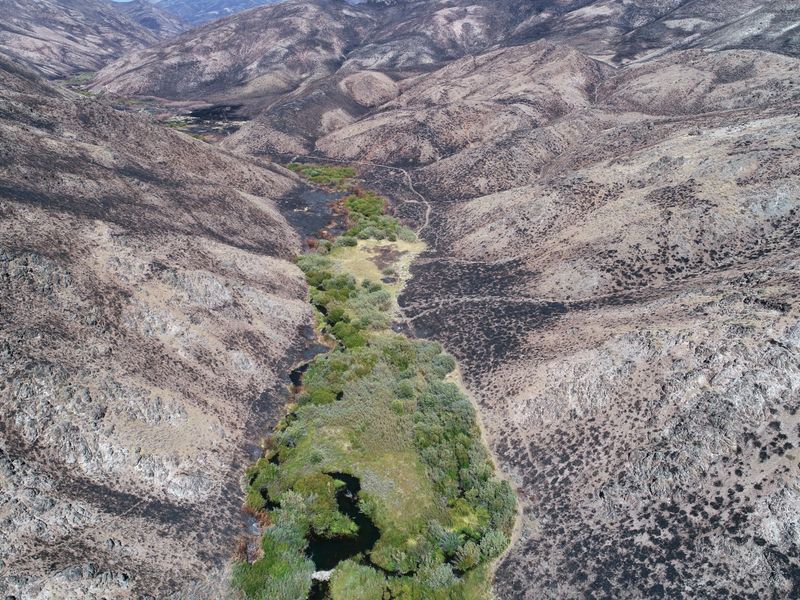
Mother Nature has quite the makeover skills! Areas now characterized by tumbleweeds and dust storms once supported thriving beaver populations.
The presence of these aquatic engineers proves these regions once featured extensive waterways, lush vegetation, and completely different ecosystems than what exists today.
4. Old Burrows Found In Desert Ground
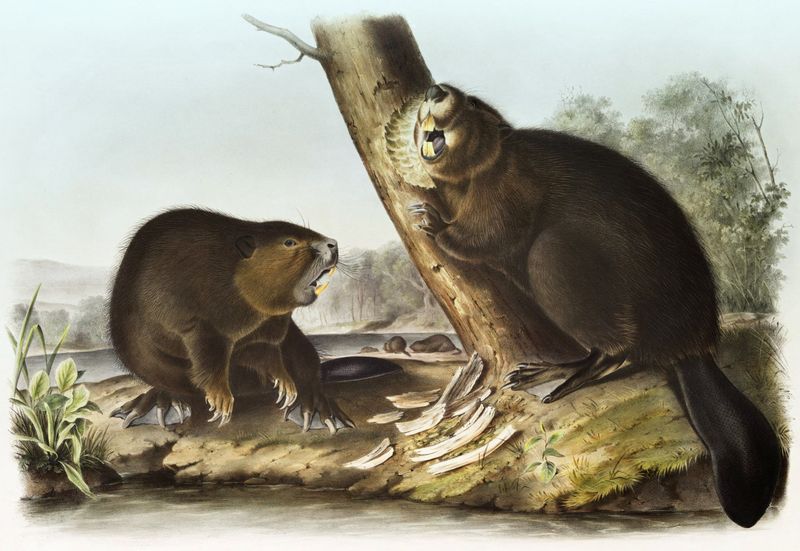
Not just bones – entire ancient beaver homes have been preserved! Scientists have identified fossilized burrow systems called “palaeocastor” in what are now arid regions.
These spiral-shaped tunnels, nicknamed “devil’s corkscrews,” descend up to 8 feet underground and were created by land-dwelling beaver ancestors who adapted to prairie environments.
5. Beavers Dug Deep Spiral Tunnels
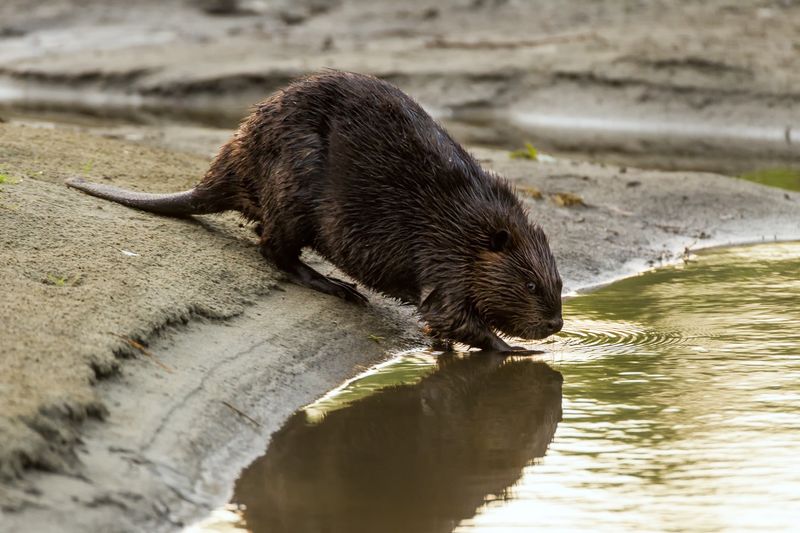
Ancient beavers were architectural geniuses with a twist! Unlike today’s dam-builders, these prehistoric relatives created spectacular spiral burrows that corkscrew deep into the ground.
Their specialized teeth and powerful forelimbs allowed them to carve these elaborate structures, which protected them from predators and harsh weather in the ancient plains.
6. Proof Of Water In Ancient Times
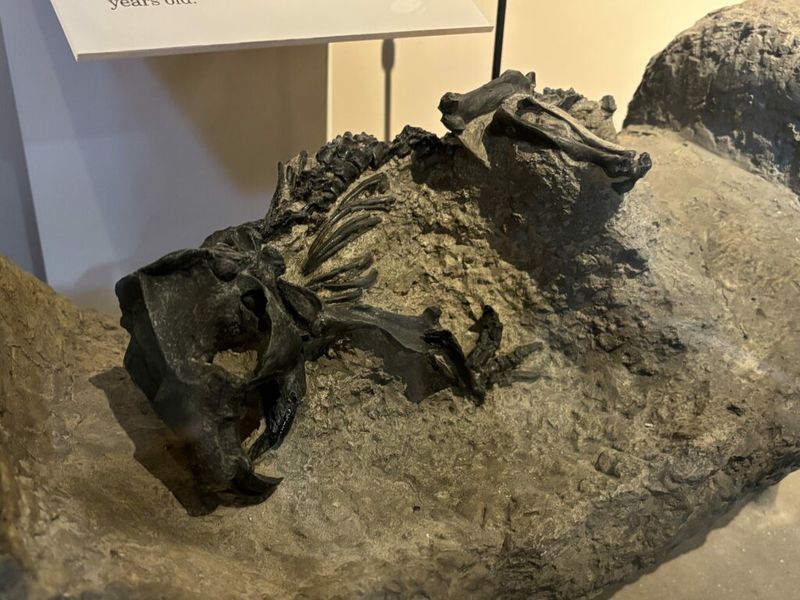
Beaver fossils act like nature’s history books! Since beavers require substantial water sources to survive, their remains serve as undeniable evidence that these now-parched landscapes once featured rivers, lakes, or wetlands.
Additional clues come from water-loving plant fossils and sediment patterns found alongside the beaver remains.
7. Desert Was A Wetland Long Ago
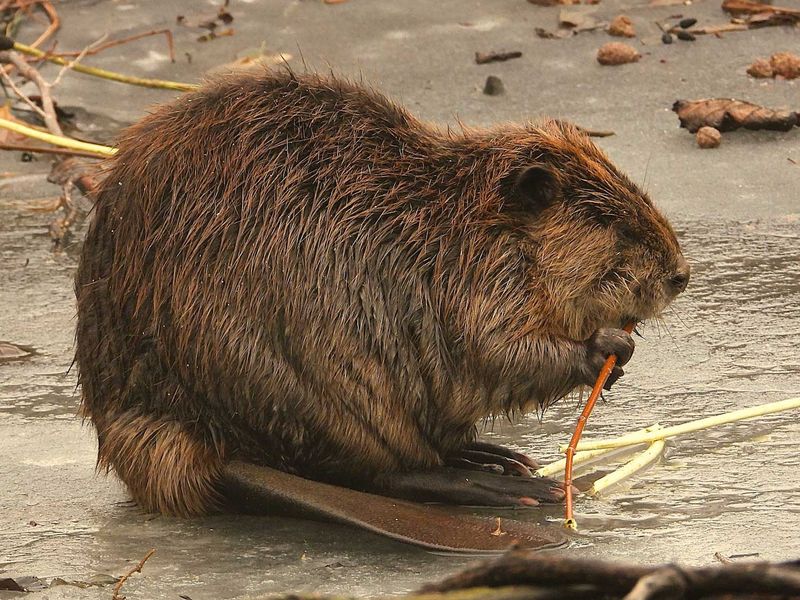
Talk about extreme makeovers! The stark, sun-baked landscapes where beaver fossils have been discovered were once lush wetlands teeming with life.
Pollen samples, plant fossils, and sediment analysis reveal these regions experienced dramatically higher rainfall, supporting diverse ecosystems including woodlands, marshes, and meandering rivers.
8. Rodents Lived Here Millions Of Years Ago
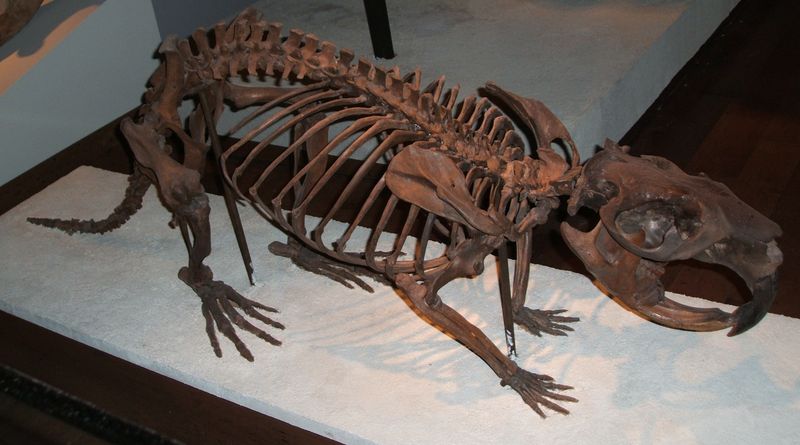
Time travel through fossils reveals an astonishing past! Many beaver remains found in desert environments date back 5-30 million years.
During this timeframe, Earth experienced significant climate fluctuations, with some desert regions cycling between wet and dry periods multiple times as continental plates shifted and global temperatures changed.
9. Climate Change Over Time Revealed
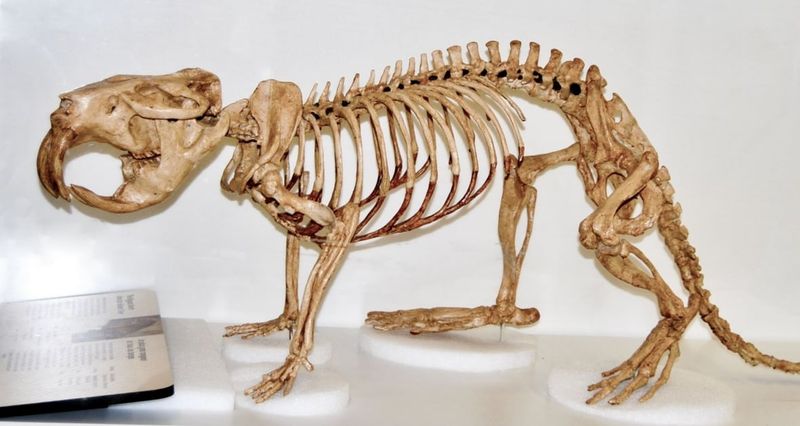
Beaver bones tell the ultimate climate story! By studying the age and distribution of these fossils, scientists can track how environments transformed from wet to dry.
Carbon dating and geological context provide crucial information about when these dramatic shifts occurred, helping us understand natural climate cycles spanning millions of years.
10. What Beaver Bones Tell Us About The Past
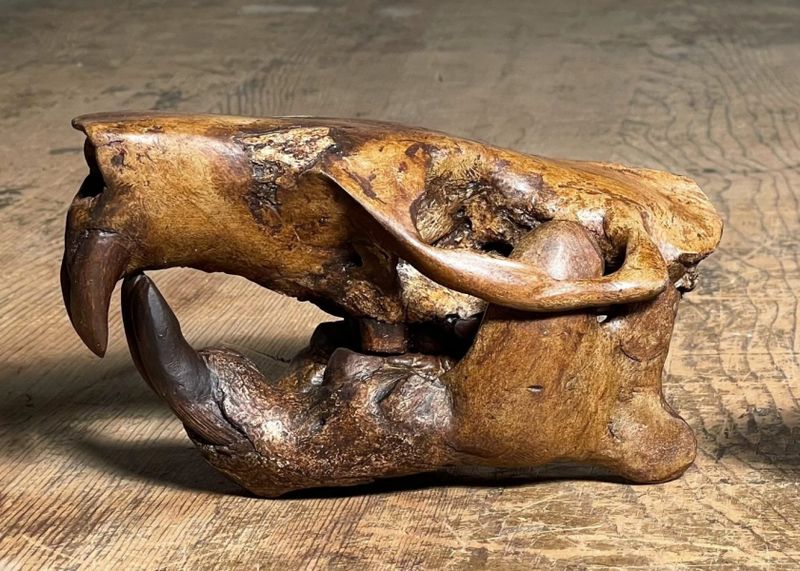
These fossils are time capsules with fur and teeth! By analyzing beaver remains’ chemical composition, scientists can determine ancient temperature ranges, precipitation patterns, and even what plants dominated the landscape.
This information helps create detailed reconstructions of past environments and predict how modern ecosystems might respond to future climate shifts.


